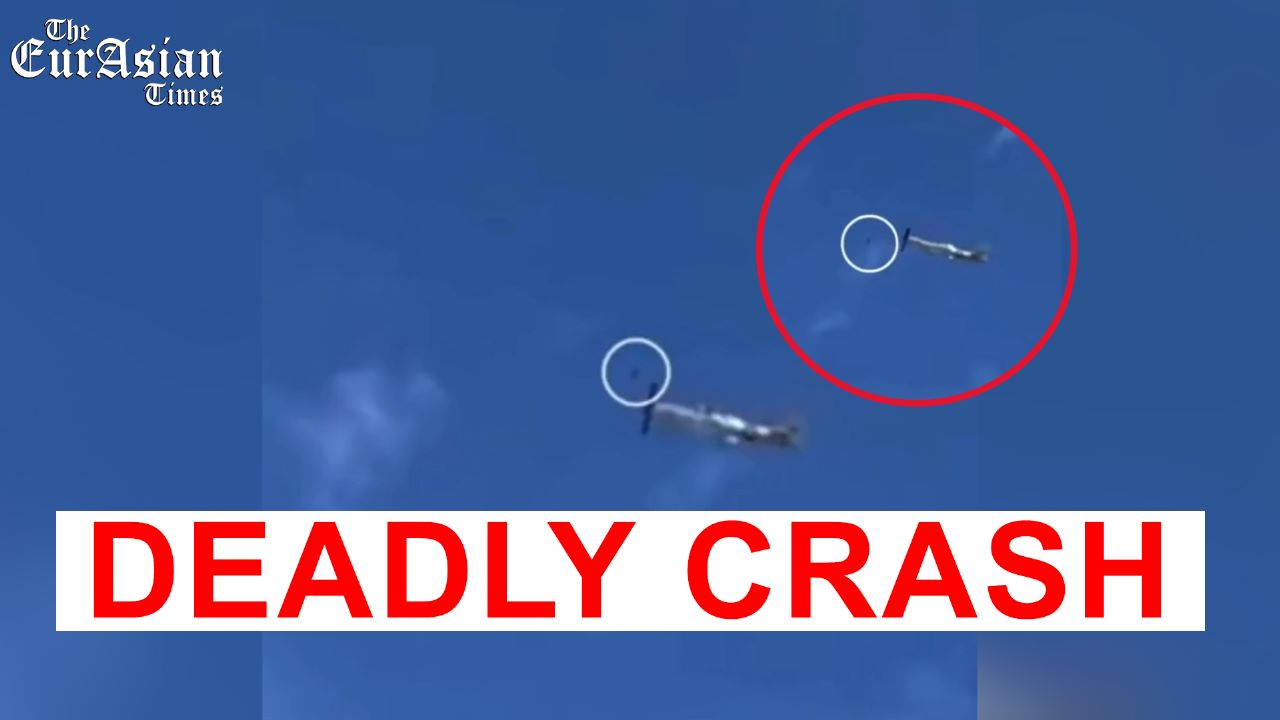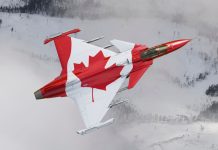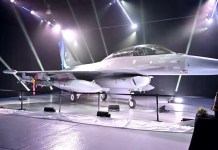New information has emerged about the horrific mid-air collision between a Boeing B-17 bomber and a Bell P-63 Kingcobra during an air display on November 12 at Texas’ Dallas Executive Airport.
The two aircraft collided during this year’s annual Wings Over Dallas airshow, hosted by Commemorative Air Force, an organization dedicated to preserving World War 2-era (WW2-era) aircraft.
The deadly incident, which claimed the lives of six crew members, was captured on camera and widely shared on Twitter. In the video, the gigantic B-17 bomber is seen flying straight and not very high, while a Bell P-63 Kingcobra comes in from the other direction.
The P-63 rams into the B-17 bomber and both aircraft break apart and crash to the ground. This is followed by an explosion and black smoke emanating from the debris.
Dissecting British MoD Report About Russia Using Kh-55 SM Nuclear-Capable Missile To Strike Ukraine
In the latest video, the P-63 can be seen colliding with what appears to be a drone, which causes the fighter to stall, presumably because of the engine failure. The collision or near collision with the drone forces the P-63 to change course dramatically and dive into the B-17 bomber.
An expert told the EurAsian Times, “I cannot clearly see the drone. What I see is the P-63 in a steep climb. The aircraft then appears to lose control. It starts to sink at slow speed as if in a stall.”
Possible cause of the collision of the B-17G bomber and the R-63 fighter at the air show in #Dallas. Fighter apparently collided with a #drone and stalled pic.twitter.com/gAl7LfBy9V
— Arthur Morgan (@ArthurM40330824) November 25, 2022
The B-17 was a cornerstone of US air power during WW2 and was deployed in daylight missions against Nazi Germany. Most B-17s were destroyed at the end of WW2, according to Boeing. Now the remaining ones are put on displays at museums and air shows.
On the other hand, the P-63 Kingcobra, developed by Bell Aircraft during WW2, was not accepted for combat use by the United States. It was, however, widely deployed by the Soviet Air Force, which also operated the Kingcobra’s predecessor, the Bell P-39 Airacobra.
Shortly after the mid-air collision in Dallas, a B-52 bomber at Minot Air Force Base, North Dakota, collided with a flock of birds. The US Air Force launched an investigation into the severity of the damage to the aircraft and its eight engines.
Apparently, the incident was filmed on a camera and widely shared on social media. In the video, a wide-winged aircraft smashes through a flock of birds, presumably Canada geese.
Neither humans nor animals are safe from the US military!
Video shows the moment a US B-52 bomber hit a flock of birds in midair pic.twitter.com/qfMswwrXc1
— PressTV Extra (@PresstvExtra) November 11, 2022
Shortly after, dark smoke billowed from the aircraft’s four pairs of engines when the plane exited the camera’s frame.
Drones As Deadly As Birds
As per the estimate by the Air Force Safety Center, approximately 100 bird strikes are reported per year, which makes it an occupational hazard for pilots.
However, the incident in Dallas indicates that drones are emerging as a new addition to the list of occupational hazards for pilots.
In fact, reports suggest the impact of drones can be much deadlier than birds, as drones are made out of materials much denser and stiffer than a bird’s soft tissues and muscles.
The risk of collisions between drones and planes is on the rise. In July, an EasyJet Airbus A320 had a near miss with an ‘unidentified flying object’ that appeared to be a drone.
The EasyJet flight was flying from London Gatwick to Rhodes in Greece at an altitude of around 16,000 feet (4876.8 meters) in the London air traffic control area in July when a black and cylindrical object passed within 3 meters of the aircraft.

Drones are restricted to flying at an altitude of only 400 feet (121.92 meters) above the ground in the UK. According to the UK Civil Aviation Authority, the unidentified flying object that nearly missed the EasyJet would have been flying around 40 times higher than the legal limit.
Earlier in March, a drone collided with a commercial aircraft in Canada while it was approaching to land at Jean Lesage International Airport in Quebec City, marking the first time a drone hit a commercial flight in Canada.
The aircraft had two crew and six passengers onboard, and the drone came in contact with the plane’s wings but did not make any significant impact, allowing the aircraft to land safely.
- Contact the author at tanmaykadam700(at)gmail.com
- Follow EurAsian Times on Google News




